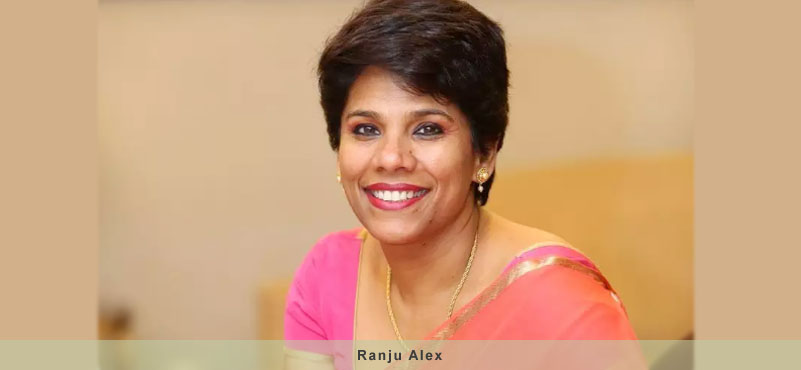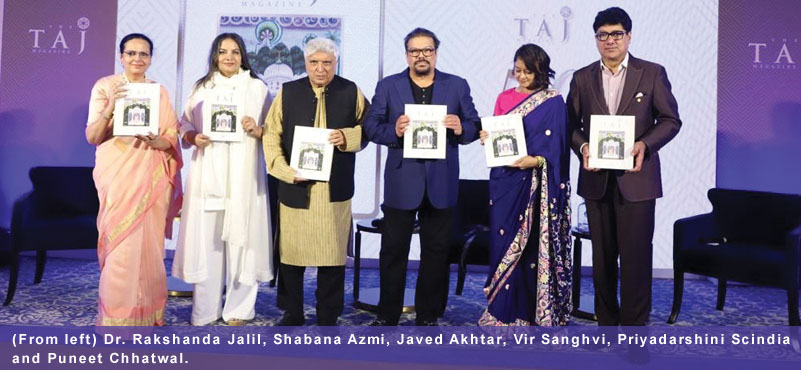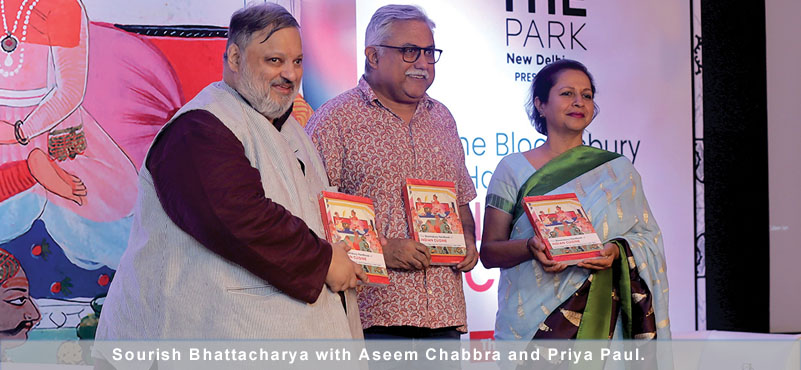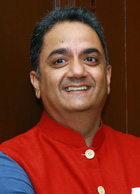
Founder Chairman, Hotelivate
The 2018 Indian Hospitality Trends and Opportunities report by Hotelivate, too, like the past retains its authoritative stamp and a close watch over the hospitality scene across the country. It is yet another exhaustive document by the same team that has curated several such insightful reports for close to a decade, lead by Manav Thadani. It continues a leadership positioning for reporting on hospitality and looks at emerging trends in the hotel business bringing to fore the unfolding in supply and demand by scanning 13 major cities in the country, identifying the best and worst performing markets on varied counts such as occupancy rates, average rooms rates and RevPar, among others.
The sample-set is considerably larger and involves 1020 hotels, which in their own reckoning is a ten-fold increase over the first such industry report put together a couple of decades ago. They mention that a wider base of 1,28,163 rooms has a more equitable representation, with hotels from all segments in the fray to crunch a more realistic data.
The finding has more good news than the bad for the industry, the biggest takeaway being the rise of average occupancy rates, now tantalizingly close to the 70 per cent mark. That is when the finding has excluded the new supply. While authors have egged the industry to make the most of the positive change in the business environment, they have refrained from getting into the specifics of why or why not the industry has chosen to capitalize on the tailwinds.
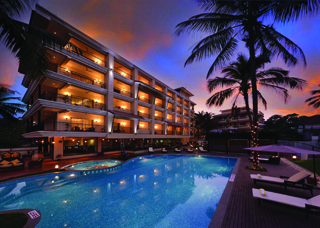
In terms of market specifics, the capital city of Delhi continues to have the largest base of branded inventory and sustained demand is forecasted to outpace supply in the near future, the report says. Gurugram, on the other hand, has witnessed a fall in the room rate but on the positive side, the robust supply is being absorbed, while occupancy rates too also registered a modest 2.7 per cent uptick. The report, however, has cautioned hoteliers and management companies to assess their ARR strategies. Noida continues to disappoint as the NCR city has seen a dip of 3.2 per cent in occupancy rates and 6.5 per cent in average room rates in the last fiscal. Much of the sluggishness has been attributed to “the lack of meaningful growth in commercial demand and quality office supply.”
In the east, Kolkata, surprisingly, has clocked the highest increase in supply in the major markets across the country, compared to the previous fiscal. Over 20 per cent increase in supply has been attributed to sporting events, economic and infrastructural growth, rising air traffic and the advent of submarkets – which has aided the absorption of a significantly faster supply. The report has forecasts that Kolkata would continue to witness a healthy growth in occupancies in the near term.
In the west, Mumbai and Goa continue to dominate, with Mumbai clocking the highest occupancy rate in the country, upwards of 75 per cent. The city also has the second highest average room rate. Goa ranks first in the average room rate, charging an average of INR 7844 per room. Its occupancy levels are also in the 70s for the fiscal year 2017-18.
Looking at the bigger picture, the report has stressed that the changing demographics of the country and rising income levels are making senior living homes a major trend to watch out for. It also forecasts that the upswing in the mid-market and the budget segment is boosting the leasing model as a preferred mode for hotel development. It further pinpoints the growing necessity of employing total revenue management in the hotel business, apart from suggesting that guests are increasingly looking for unique experiences and hotels need to understand the change by infusing the vibrancy of the local community to provide a truly authentic experience to the discerning guest.


